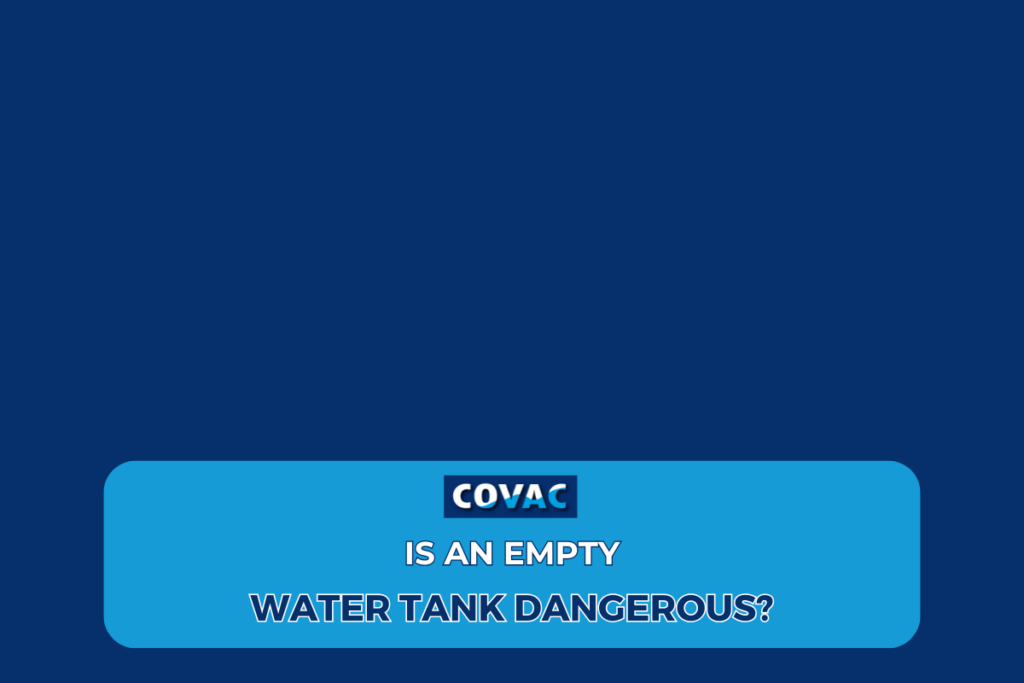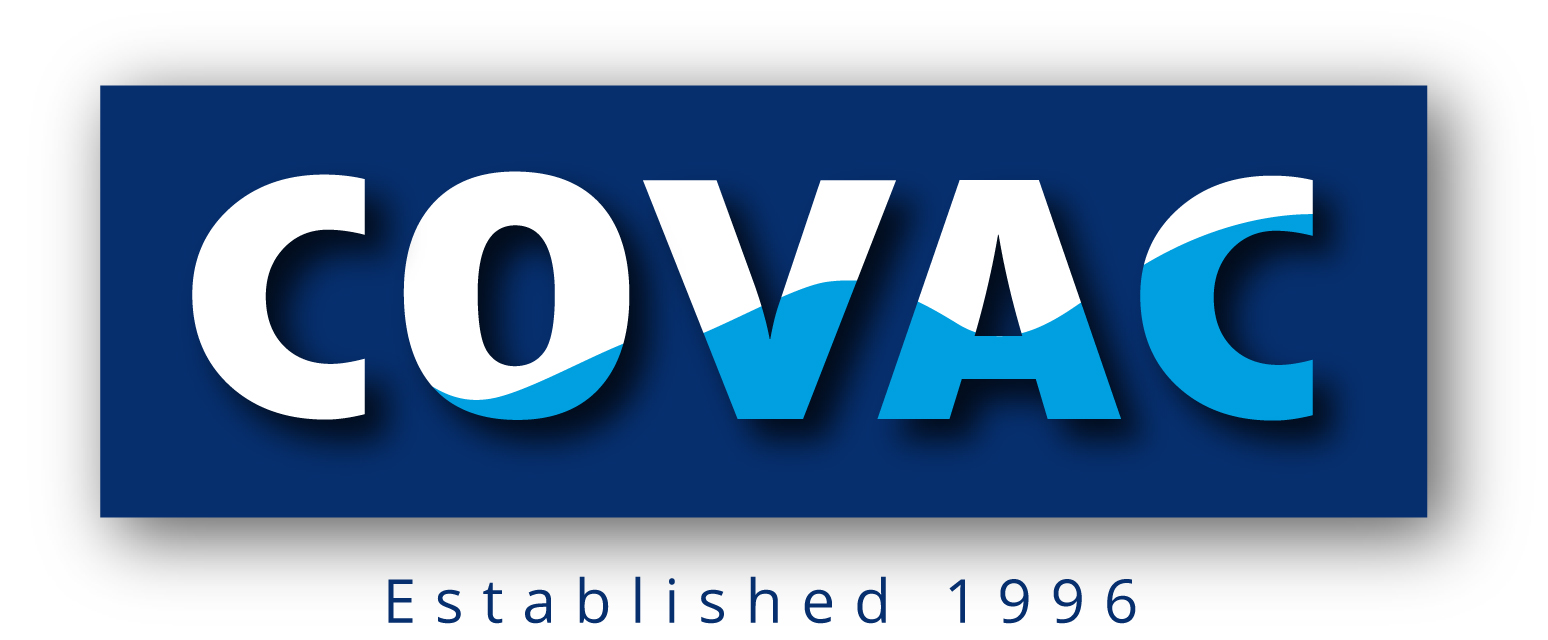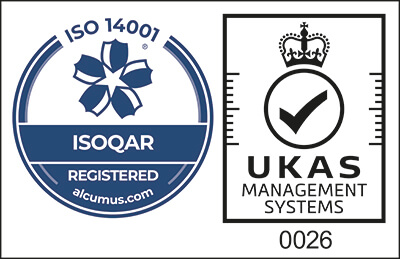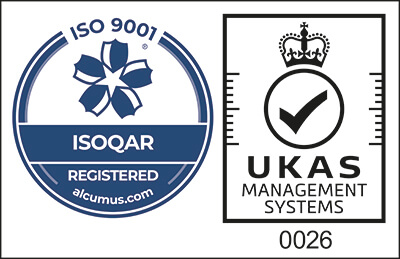
Empty water tanks can pose hidden risks far beyond simply “having no water.” From microbial contamination and structural flotation to sediment buildup, algae growth and environmental leaks, an unfilled tank is vulnerable on multiple fronts.
This article examines each danger in turn and outlines COVAC’s proven solutions. At COVAC we offer professional inspection, high‑performance coatings and scheduled maintenance to ensure safe, reliable water storage for years to come.
The Hidden Risks of Empty Water Tanks
An unused tank might seem harmless, but it can quickly become a source of serious problems. From internal damage to contamination risks, issues often develop silently. Here are six hidden risks to look out for:
Bacterial Growth and Contamination
Even when a tank looks dry, tiny puddles or damp walls can linger inside. Warmth and moisture let bacteria and viruses multiply quickly. Once you refill the tank, these germs can slip into your water, leading to anything from mild stomach upsets to serious infections. This is especially dangerous for kids, seniors or those with weak immune systems.
Structural Integrity and Flotation
Buried tanks stay down thanks to the weight of the water they hold. When empty, groundwater can push tanks upward – think of a cork popping out! This causes damage to pipes, foundations and the tank itself. Above ground, empty tanks also suffer: daily heating and cooling cycles make welds and seals crack over time.
Sediment Build‑Up and Internal Damage
Left-empty tanks let silt and debris settle at the bottom. When you turn the water back on, these sediments can clog pipes and filters and slow down flow. Trapped moisture in the grit also speeds up rust or concrete wear, and gives bacteria more places to hide and grow.
Algae Proliferation
If a partly empty tank is exposed to light, algae will thrive on its walls and in any standing water. Some algae release toxins that change taste and smell, or even harm health. Thick algae mats block pipes and filters, driving up cleaning and maintenance costs.
Environmental Hazards
Tiny cracks that form in empty water tanks can let tank contents, or groundwater, leak into the soil and nearby aquifers. Underground tanks are most at risk: even small fractures can cause big contamination problems once the tank is refilled.
Microscopic Cracks and Corrosion
Invisible hairline cracks grow over time from temperature swings and stress. Bacteria settle into these crevices, making them nearly impossible to clean out completely. Once corrosion takes hold, leaks grow faster, leading to costly repairs or full tank replacement.
Best Practices for Prevention and Maintenance
Regular Inspection and Cleaning
Have a professional check your tank at least once a year, even if it’s not in use. Catching moisture, corrosion or biological growth early prevents bigger problems.
Professional Coatings and Linings
Apply a certified, seamless coating inside your tank. This creates a strong barrier against rust, erosion and microbial growth on steel, concrete or GRP surfaces.
Anchoring and Anti‑Flotation Measures
It’s important to fit buried tanks with proper anchors to prevent them from floating or shifting when empty, especially in areas with high groundwater levels. Without anchoring, tanks can lift out of the ground, damaging surrounding pipework and requiring costly repairs.
Scheduled Maintenance and Repairs
- Sediment removal: Flush or dredge the bottom routinely.
- Algae control: Use light‑blocking covers, UV treatment or safe biocides.
- Coating touch‑ups: Reline worn spots before corrosion worsens.
- Leak sealing: Repair small cracks quickly.
Following these steps keeps your tank strong, clean and compliant, saving you time and money in the long run.
Why Choose COVAC for Your Water Tank Solutions?
- 25+ Years of Expertise: Proven track record across healthcare, education, leisure and industrial sectors.
- WRAS‑Certified & DWI‑Listed: Our coating is DWI-listed and processes meet the highest UK water standards.
- 10‑Year Warranties: Confidence in lasting performance thanks to robust materials and workmanship.
- Comprehensive Services: From inspection and cleaning to lining and relining – one supplier for all needs.
Take Action Today
Don’t let an “empty” tank become a costly liability. Call 01455 556631 or complete our contact form. Help to protect your tank and ensure safe, reliable water storage for years to come.










